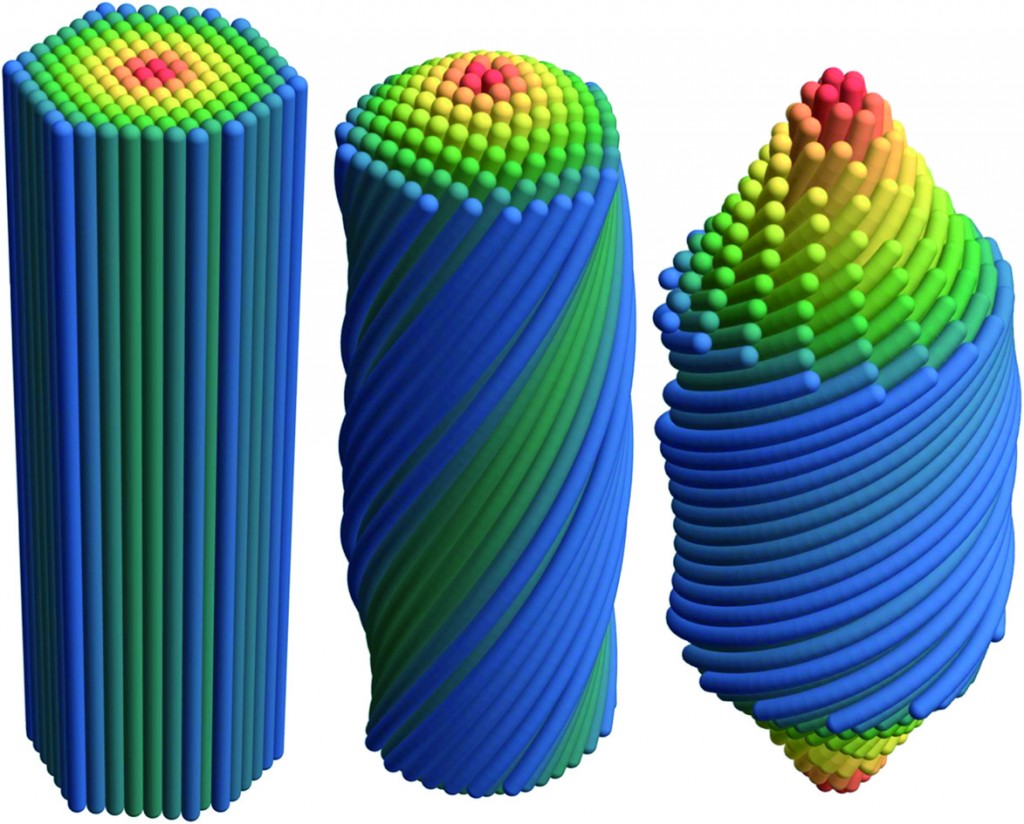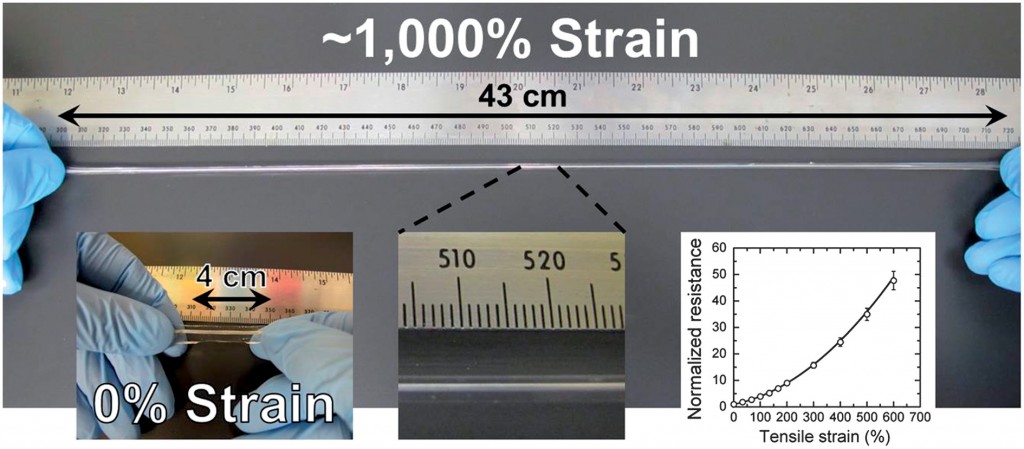It was with great pleasure that we learnt that regular Soft Matter author Professor Julia Yeomans has recently been elected to the Fellowship of the Royal Society. 
Professor Yeomans is a theoretical and computational physicist working on statistical physics, hydrodynamics, soft condensed matter and biological physics. Among her current research interests are microswimmers, active systems, liquid crystals and drop dynamics. She holds an ERC Advanced Grant ‘Microflow in Complex Environments’.
Julia obtained her MA in Physics and DPhil in Theoretical Physics from the University of Oxford. She spent two years as a post doc at Cornell University, USA, in the group of Michael Fisher and then returned to the UK, to a Lectureship at the University of Southampton. Shortly thereafter she joined the Rudolf Peierls Centre for Theoretical Physics at Oxford. She is currently Professor of Physics at Oxford, a member of the Oxford Centre for Soft and Biological Matter, and Pauline Chan Fellow, St Hilda’s College.
Earlier this year, Julia was also awarded the EPJE Pierre Gilles De Gennes Lecture Prize, for her contribution to the study of the dynamical behaviour of complex and active liquids in confined geometries. She said of winning the prize: ‘I am delighted by this award. It is recognition for the wonderful students, post-docs and colleagues from all over the world that I have had the privilege and pleasure of working with.’
Recent Soft Matter publications by Julia Yeomans include:
Modelling unidirectional liquid spreading on slanted microposts
Andrea Cavalli, Matthew L. Blow and Julia M. Yeomans
Soft Matter, 2013, Advance Article
Length-dependent translocation of polymers through nanochannels
R. Ledesma-Aguilar, T. Sakaue and J. M. Yeomans
Soft Matter, 2012,8, 1884-1892
Hydrodynamic synchronization at low Reynolds number
Ramin Golestanian, Julia M. Yeomans and Nariya Uchida
Soft Matter, 2011, 7, 3074-3082
To keep up-to-date with all the latest research, sign-up to our RSS feed or Table of contents alert.















